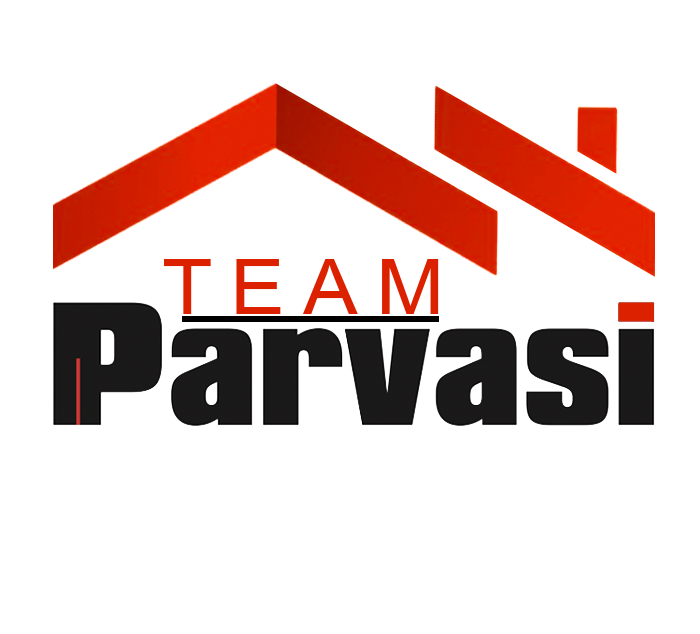Heart Attacks Triggered by Snow Shovelling: 19 Cases Reported in York Region Within a Week
A recent wave of relentless snowfall across York Region has been associated with a sharp rise in heart attacks, with medical professionals urging residents to exercise caution while clearing snow.
Southlake Regional Health Centre in Newmarket reported that its regional cardiac program responded to 19 heart attacks since the snowstorm on February 12, all linked to the strenuous act of shovelling snow. Health experts are warning residents—especially those with pre-existing conditions—to take necessary precautions to protect their heart health.
The Heart and Stroke Foundation of Canada emphasizes that shovelling snow is an intense physical activity, placing sudden strain on the heart, particularly in freezing temperatures. The combination of heavy exertion and cold weather causes blood vessels to constrict, leading to increased blood pressure and a heightened risk of heart attacks.
Individuals over the age of 55, those with a history of heart disease, and people who lead a sedentary lifestyle are particularly vulnerable. Experts warn that the exertion required for snow removal can be comparable to high-intensity exercise, making it a potential trigger for cardiac events in at-risk individuals.
A heart attack can manifest in different ways, but the Heart and Stroke Foundation outlines common symptoms to watch for. These include persistent chest pain or discomfort that lasts several minutes or comes and goes, pain radiating to the arms, back, neck, jaw, or stomach, and shortness of breath—even while at rest.
Similar stories
Additional warning signs include nausea, dizziness, cold sweats, and unusual fatigue, particularly in women. Health officials stress that anyone experiencing these symptoms should seek emergency medical assistance immediately by calling 911.
To minimize the likelihood of a heart attack while shovelling, the Heart and Stroke Foundation recommends the following safety measures:
-
Perform light stretching or take a brief walk before shovelling to warm up the muscles.
-
Shovel in small sections and take regular breaks to avoid overexertion.
-
Use a lightweight, ergonomic shovel to reduce strain on the body.
-
Push snow whenever possible instead of lifting it.
-
Dress warmly in layers to maintain body temperature and prevent sudden exposure to cold.
-
Stay hydrated and listen to your body; if discomfort or fatigue sets in, stop immediately.













Comments are closed.